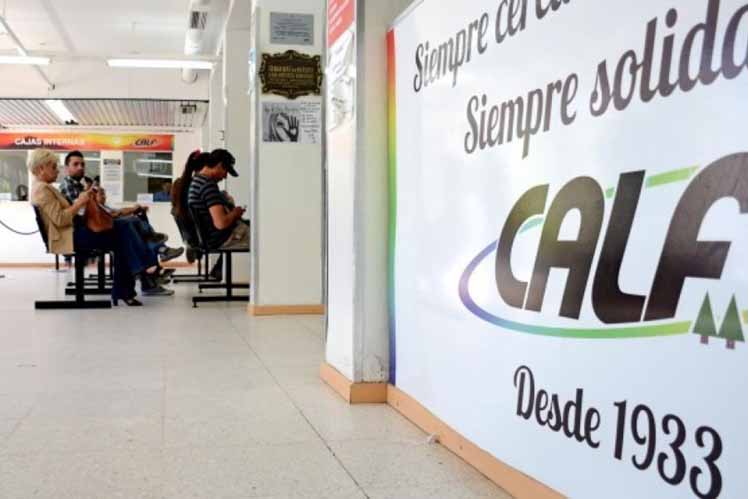Nearly every Democratic presidential candidate has proposed some form of free college, taxpayer subsidized education beyond high school. A few have called for making community college, or similar two-year career training, free. Others want more than that.
It’s a good idea. The global economy has a new baseline for success and it’s the four year degree. The finish line has moved and our collective support ought to move with it.
But if we get some type of free college, we should consider some must-haves and some caveats that would make it work as intended.
Must Haves
One must-have is that it must apply to private schools. Some presidential candidates have called for free college only for public, state schools. It’s difficult to overstate what a mistake that is. Our best schools are private, and the sector is qualitatively competitive with public schools from top to bottom. But most private schools simply could not complete when option A is $25,000 a year and option B is free to the student. If that’s the policy, hundreds of private colleges will close, causing a cascade of horrible economic and social consequences.
Another must-have is a serious culling of sham schools, diploma mills and for-profit colleges. No one should say they can’t exist, but they should not be able to cash, full-freight taxpayer tuition checks while routinely producing nothing. So far, only Elizabeth Warren has called for a ban on for-profit colleges receiving federal funds but if “free college” happens, such a ban is essential. The type of taxpayer investment required for free college should be for students, not profit-seeking investors.
A final must-have is that free college must be means-tested. It cannot be for everyone. Considering that the primary beneficiaries of free college are, by definition, college graduates and that college graduates already make substantially more than non-graduates, we should be specific that the benefits not go primarily to help a ton of people who would already do quite well without it.



